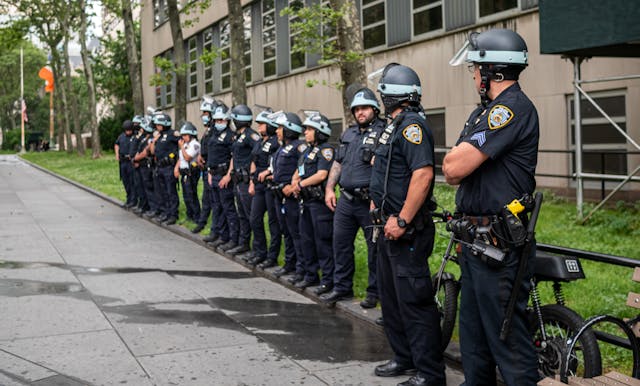
How to properly grip and manoeuvre a tonfa in combat?
The tonfa, a traditional martial arts weapon with Okinawan origins, has evolved into a powerful and versatile tool for modern self-defense and law enforcement applications. Known for its unique shape—featuring a perpendicular handle attached to a long baton—it allows for rotational strikes, defensive blocks, and joint locks. Learning to grip and manoeuvre a tonfa correctly can greatly enhance both offensive capability and personal safety. Mastery of this weapon requires more than strength; it demands precision, technique, and control.
 There are various models available depending on the intended use, from wooden tonfas used in traditional martial arts kata to modern expandable and tactical versions used by security forces. To explore reliable models that meet modern defense standards, tonfa collections curated by experts offer a balanced range between durability, grip comfort, and ease of handling. Whether you’re a practitioner of kobudo or simply seeking a robust self-defense instrument, choosing the right type of tonfa is a critical first step.
There are various models available depending on the intended use, from wooden tonfas used in traditional martial arts kata to modern expandable and tactical versions used by security forces. To explore reliable models that meet modern defense standards, tonfa collections curated by experts offer a balanced range between durability, grip comfort, and ease of handling. Whether you’re a practitioner of kobudo or simply seeking a robust self-defense instrument, choosing the right type of tonfa is a critical first step.
The correct grip begins with wrapping your fingers around the vertical handle—called the “tsuka”—while the longer shaft, or “monouchi,” rests along the forearm. This grip is essential for executing blocks and deflecting incoming strikes. The tonfa’s ability to shield the user’s arm while absorbing impact is one of its most strategic advantages. When held in a reverse grip, the weapon can also be used for hooking techniques or trapping limbs during close combat.
Rotation is key to the tonfa’s offensive capability. By rotating the weapon outward in a circular motion, the wielder can deliver powerful strikes using centrifugal force. This technique, often referred to as “rolling strikes,” requires wrist flexibility and precision timing. It’s not about brute force; rather, it’s the fluidity of the motion that generates impact. Practicing rotational strikes against padded targets or heavy bags helps develop muscle memory and fluid transitions.
Footwork plays a crucial role in maximizing the tonfa’s effectiveness. As with any combat discipline, stability, balance, and positioning determine the success of both defense and attack. A strong forward stance allows the user to generate momentum for sweeping strikes, while lateral movements enable redirection and counter-attacks. Coordinating footwork with the rotational movements of the tonfa turns basic maneuvers into dynamic sequences capable of overwhelming an opponent.
In close-quarters scenarios, the tonfa’s handle can be used for direct thrusts and jabs. Unlike a conventional baton, the perpendicular grip allows for enhanced control and a lower profile in confined spaces. When used in pairs, tonfas can create a shielded zone around the body, with one used defensively and the other offensively. Simultaneous blocking and striking is a hallmark of advanced tonfa techniques, especially in law enforcement tactics where control and restraint are priorities.
Parrying with the tonfa requires timing and finesse. By angling the shaft along the forearm and meeting an opponent’s strike with a redirecting motion, the user can neutralize attacks and open up opportunities for counterattacks. Training in this aspect develops reflexes and the ability to read body movement. It’s important to pair this with partner drills to experience real-time feedback and adapt to varying intensities.
Some modern tonfas feature textured grips, built-in hand guards, or expandable designs that make them even more adaptable. These additions provide better retention during intense movement and can offer extra reach or impact force when needed. The evolution of the tonfa into a tactical tool proves its enduring relevance in contemporary defense systems. It blends tradition with practicality, offering a bridge between martial heritage and today’s security challenges.
When training with a tonfa, safety is paramount. Beginners should use foam or rubber training models to avoid injury. Proper instruction from a qualified teacher or through a structured program ensures that bad habits don’t form. Many martial arts systems such as Shōrin-ryū and modern police training incorporate the tonfa into their curriculum, emphasizing its role in both defense and compliance control techniques.
Beyond physical technique, mental discipline is essential. A proficient tonfa practitioner learns restraint, situational awareness, and the importance of non-violent resolution. The tonfa is not just a weapon—it’s a training tool that cultivates focus, respect, and responsibility. These values align with the martial code that underpins many traditional systems where the weapon is studied.
Training regularly, staying mindful of body mechanics, and adapting techniques for real-world scenarios will build the confidence and competence needed to wield the tonfa effectively. Whether you are practicing for sport, tradition, or personal safety, mastering this unique weapon offers both physical and mental benefits that extend far beyond the dojo or training floor.